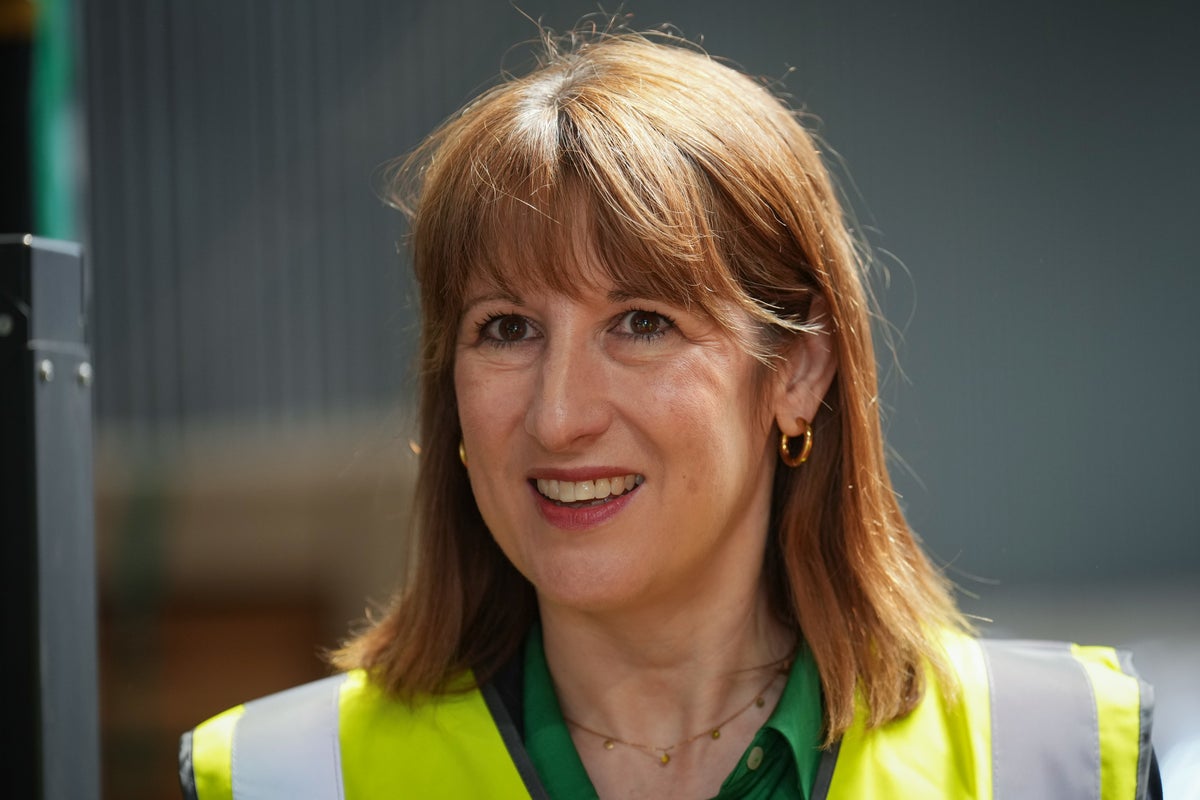According to Treasury sources, Rachel Reeves wants the public to start taking risks again.
The analysis she is working from is that the financial crash of 2008 – which saw several banks go under or need to be nationalised – has made the country too risk-adverse.
But the biggest risk taker may well be the chancellor herself, with her plans to free up the mortgage market and slash red tape for financial services in the City.
Like many gamblers, though, Ms Reeves’ spin of the financial services roulette wheel, to be announced in her Mansion House speech this evening, is largely prompted by the fact that she is running out of options.

After all, when Labour won the election just over a year ago, Ms Reeves came into office with economic growth as her “number one mission”.
For all of the talk of “having the best economic growth in the G7”, it has actually been negligible and, in fact, in the last quarter it has gone slightly backwards.
She also insisted she did not want to raise tax, and even said during the election that she would prefer to cut tax. Once in power, however, she oversaw a massive increase in spending fuelled by £40bn of tax rises in her first Budget, mostly a hike on employer contributions to national insurance which is now impacting the jobs market.
Attempts to bring spending under control by tackling welfare has ended with U-turns on winter fuel payment cuts for pensioners, costing her £1.25bn, and planned welfare cuts mostly on disability benefits which has cost her a further £5bn.
The frustrations and pressure on Ms Reeves could not have been better illustrated than the tears visibly rolling down her face during a recent session of PMQs, where the prime minister Keir Starmer could not even guarantee her future as chancellor.
The one break she got was after that unfortunate incident, Sir Keir was forced to give her a belated vote of confidence to prevent the markets tanking at the thought she might be sacked.

But now, faced with the prospect she will have to bring in yet more painful, growth-killing taxes – possibly so-called wealth taxes on pension funds or dividends, or stealth taxes by freezing income tax thresholds, or both – Ms Reeves only has one way to find growth.
That is to return to the pre-2008 model on financial services and mortgages to encourage investors and first-time buyers to start taking risks again themselves.
It is exactly what fed the high growth which characterised the last Labour government under Tony Blair. Most of the country’s economic success was floated on the ‘get rich’ model of the City.
The problem is that the result of that model was 2008 when the deregulated financial services industry took several risks too many, and the economy was plunged into crisis, taking whole banks with it.
Part of the reason for that was because of the mortgage market, where it had become far too easy for people to borrow unsustainable amounts that they could not pay back in so-called sub-prime mortgages.
Ms Reeves is nodding back in that direction. By reducing the minimum wage for people to have a mortgage and increasing the ration from 3.5 times salary to 4.5 times she is not quite repeating the mistakes of the 2000s where people could literally self-certify their income.
However, she is heading slowly in that direction and it brings an enormous risk, as well as potential for short-term economic growth.
Possibly the greater worry for Ms Reeves, though, is if this does not work and her bonfire of red tape does not produce the increase to the nation’s wealth that she needs to help fund the bill for public spending increases before the next election.
There may not be any more dice for Ms Reeves to throw if that is the case. And, despite his recent assurances, that could mean that the prime minister ends up looking for someone else to do the job.



